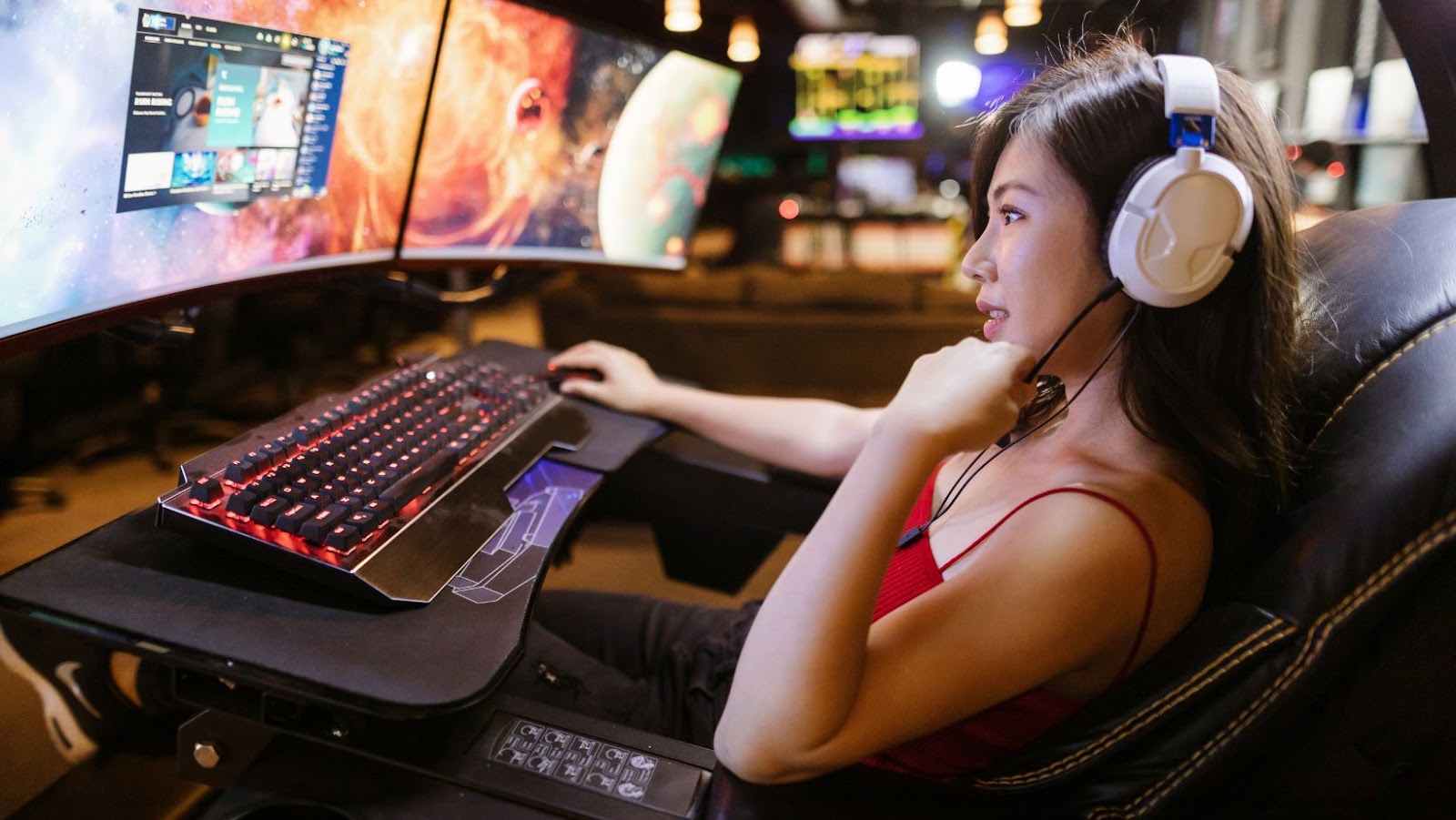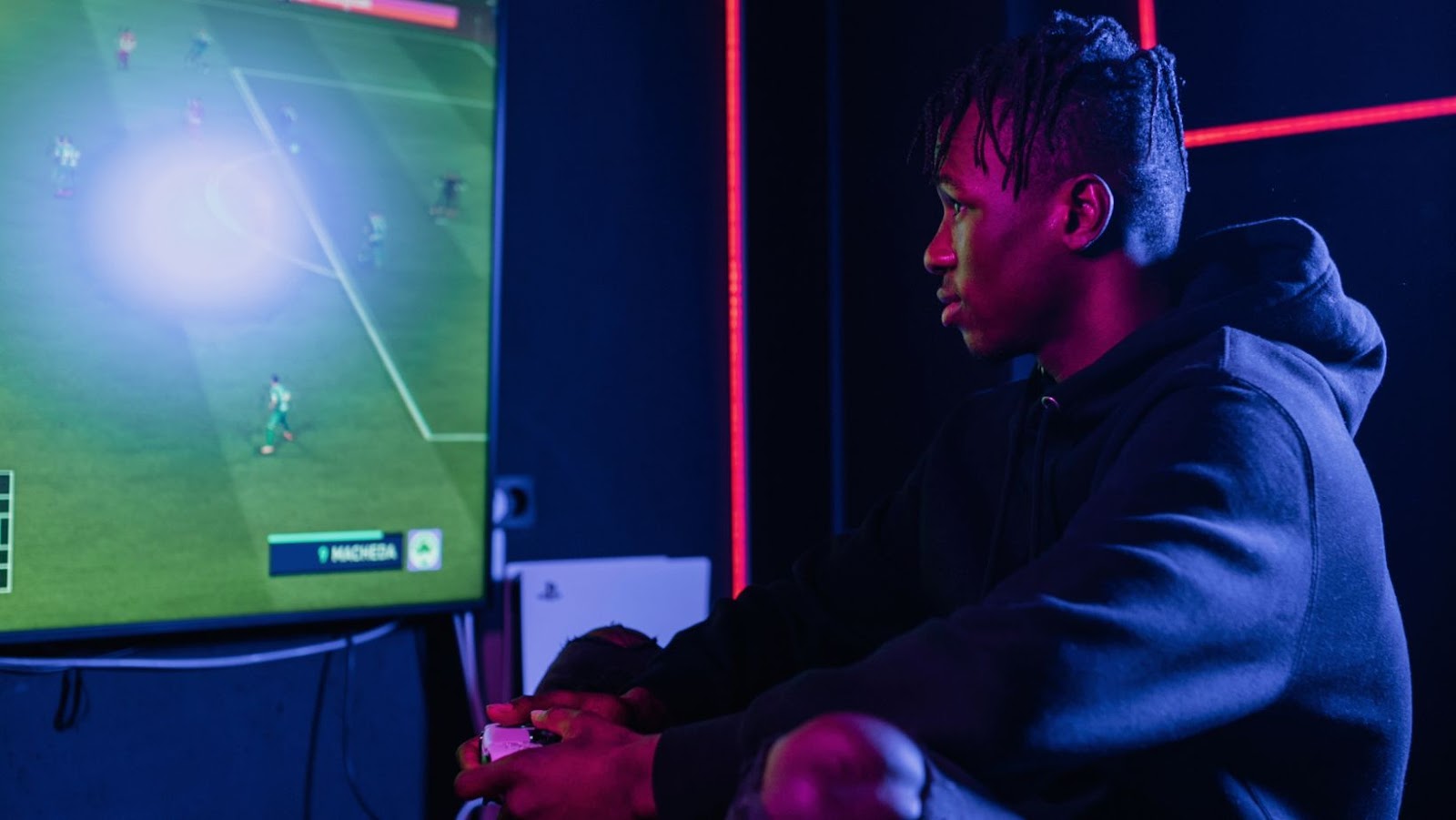The future of UI design for games is an exciting and constantly evolving field. As technology advances and player expectations change, designers must continually adapt and innovate to create engaging and intuitive user interfaces. In this article, we will explore some of the current trends in game UI design and make predictions about where the field is headed in the future. From minimalism to voice-activated UI, contextual UI to gamified UI, and cross-platform UI to the integration of virtual and augmented reality, the possibilities are endless. Join us as we delve into the future of game UI design.
Trends in Game UI
The future of game UI design is expected to be characterized by a number of trends, including:
Minimalism
Minimalism is a trend that has been gaining popularity in game UI design. It involves using simple and clean design elements to create an intuitive and easy-to-use interface for players. An example of a game that features minimalism as a core design philosophy while maintaining an intense level of difficulty is Super Hexagon by Terry Cavanagh1.
Voice-Activated UI
Voice-activated UI is another trend that is becoming more common in game design. This allows players to interact with the game using voice commands, providing a more immersive and hands-free gaming experience. Some examples of games that use voice-activated UI include Skyrim and Mass Effect 3, which allow players to use voice commands to navigate menus and issue commands to their in-game companions.
Contextual UI
Contextual UI is a design approach that involves displaying only the most relevant information and options to the player based on their current context within the game. This helps to reduce clutter and improve the player’s focus on the game.

An example of a game that uses contextual UI is Dead Space, which displays information such as health and ammo directly on the player’s character rather than using traditional HUD elements.
Gamified UI
Gamified UI involves incorporating game-like elements into the user interface to make it more engaging and fun for players. This can include things like progress bars, achievements, and rewards. An example of a game that uses gamified UI is Duolingo, which uses gamification techniques such as leveling up and earning rewards to motivate users to continue learning.
Cross-platform UI
Cross-platform UI is a trend that involves designing user interfaces that can be easily adapted for use on multiple platforms, such as PC, consoles, and mobile devices. This allows players to seamlessly switch between devices while playing the same game. An example of a game that uses cross-platform UI is Fortnite, which allows players to play on multiple platforms with the same account and progress.
The Future of UI Design
- The rise of VR and AR. The rise of virtual reality (VR) and augmented reality (AR) is expected to have a major impact on game design in the future. VR and AR can be used to create immersive and interactive gaming experiences that are not possible with traditional games. This will require new and innovative UI designs that are specifically tailored to these new technologies. For example, VR UIs will need to be designed in a way that allows users to interact with the virtual world in a natural and intuitive way. This could involve using gestures, voice commands, or even eye tracking. AR UIs will need to be designed in a way that overlays digital information in the real world without obscuring the user’s view. This could involve using transparent displays or even holograms.

- The importance of accessibility. The importance of accessibility is increasing in the gaming industry. Game designers need to be aware of the needs of users with disabilities and make sure that their games are accessible to everyone. This will require UI designs that are easy to use and navigate, even for users with limited mobility or vision. For example, UIs can be made more accessible by using large fonts, clear icons, and high-contrast colors. UIs can also be made more accessible by providing alternative input methods, such as voice commands or keyboard shortcuts.
- The need for personalized UI. The need for personalized UI is increasing in the gaming industry. Game designers need to be able to create UIs that are tailored to the individual needs of each user. This can be done by using data to track user behavior and preferences and then using that data to customize the UI. For example, a game could automatically adjust the difficulty level or the font size based on the user’s performance or preferences. Personalized UIs can make games more enjoyable and engaging for users. They can also help to improve the user experience for users with disabilities.
By embracing these trends and predictions, game designers can create UIs that are both visually appealing and functional. This will help to create more immersive and engaging gaming experiences for users.

